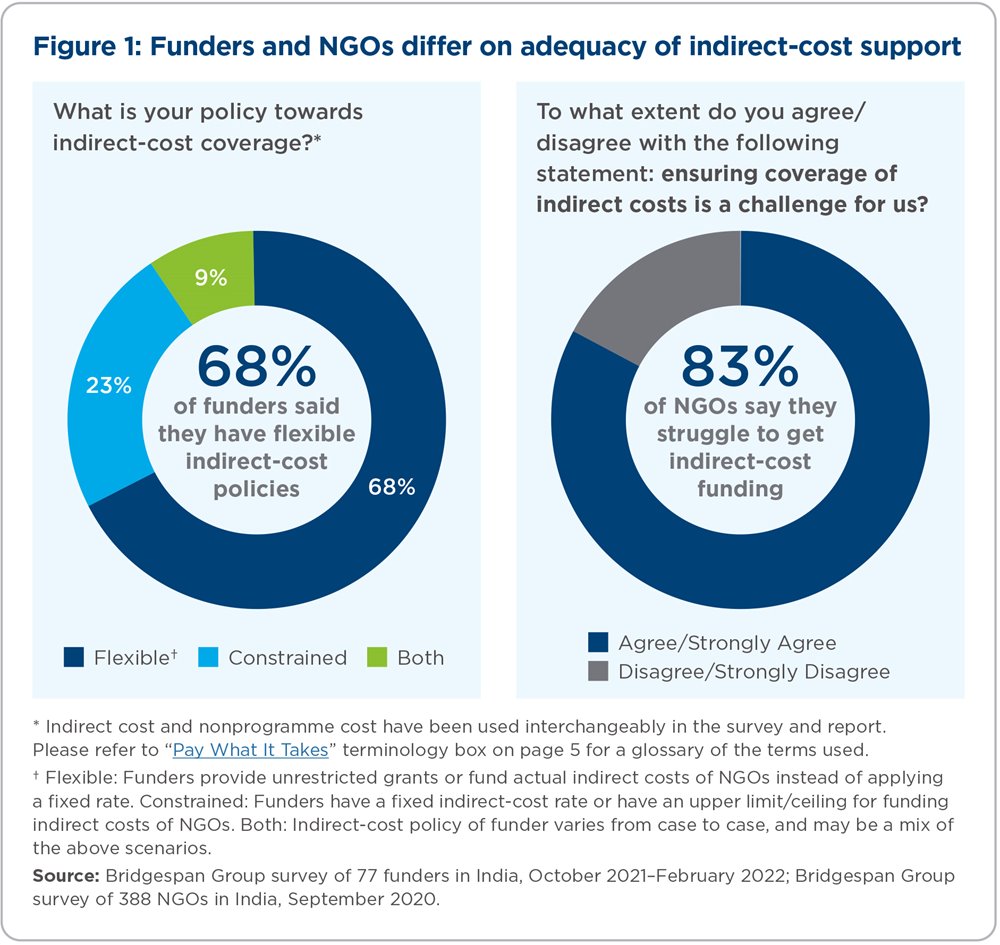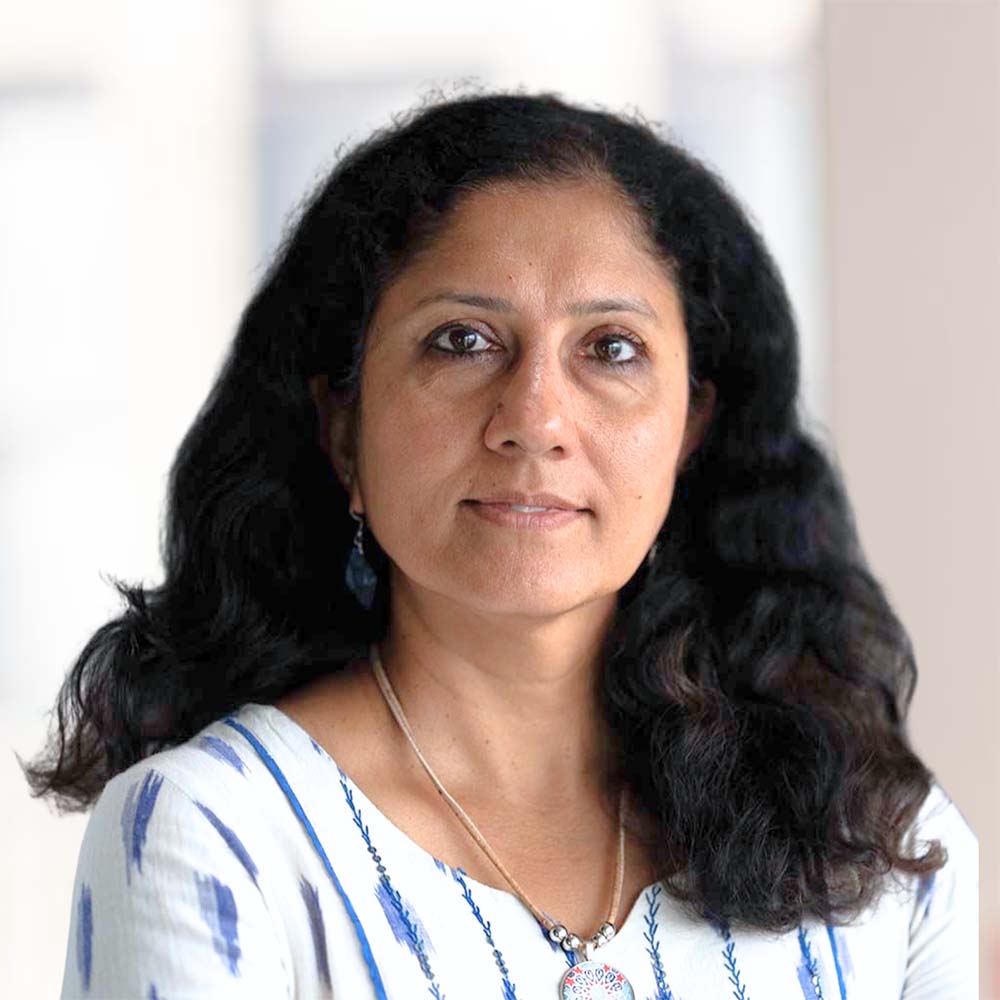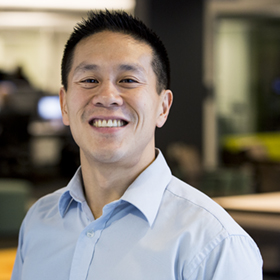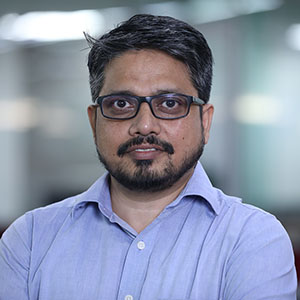Funders and NGOs in India have strikingly different views on whether grantees receive adequate financial support for their organisational development (OD) needs, indirect costs, and reserves. To close the gap, our new research finds that understanding the motivations and beliefs of funders might help NGOs communicate more effectively with them and build the trust needed to shift entrenched attitudes and practices.
The new research is a continuation of the Pay-What-It-Takes India (PWIT) Initiative – a collaboration between Bridgespan and anchor partners A.T.E. Chandra Foundation, Children’s Investment Fund Foundation, EdelGive Foundation, and Ford Foundation – which aims to build a stronger and more resilient NGO sector in India.
In our most recent survey, 75 percent of the 77 funders surveyed said they invest in grantees’ institutional growth and sustainability; yet in our PWIT India report last year, 70 percent of 388 NGOs surveyed said that most funders do not support these needs. Additionally, 68 percent of funders believe their policies allow for flexibly financing expenses for administrative and support functions not tied to a specific programme, but 83 percent of NGOs say they struggle to secure such funding.
How to Build an Organisational Development Plan Toolkit >>
The funder survey also found that few funders help NGOs build reserves. Only seven of the 77 respondents noted support for this. Without cash on hand, NGOs cannot pay salaries or bills when faced with an unexpected funding shortfall or crisis, nor are they able to cover the cost of research and innovation to invest in their futures.
When it comes to equity and inclusion for marginalized groups, the funder survey found only 5 percent track the leadership composition of NGOs serving Dalit or Adivasi communities. Without this data, funders miss an opportunity to more closely align their intent and practice on equity and inclusion.
Tips for Grant Pitches
Funders approach their work with different mindsets and practices that fall into three distinct archetypes along a continuum of funding for NGOs’ “true costs.” NGOs stand a better chance of securing the grants they need when they understand which funder archetype they are approaching and tailor their pitches accordingly. Download "Tips for Grant Pitches" to learn more >>When we parsed funders’ responses to survey questions, we found they coalesced into three distinct archetypes based on their mindsets and practices. These archetypes help to explain how funders differ in their perception of barriers to fund true costs of NGOs, knowledge with practical value to help guide conversations between funders and NGOs.
- Programme Proponents share the mindset that programme support is the best use of their limited resources. These funders currently limit what they spend on indirect costs to a fixed rate, generally between 5 percent and 15 percent – less than half of what our previous research showed NGOs actually need.
- Adaptive Funders, the largest group among survey respondents, have predetermined indirect cost rates of between 15 percent and 25 percent, but they aren’t completely rigid in their grantmaking. Some negotiate bespoke rates based on conversations with grantees or fund OD based on their relationship with a particular grantee.
- Organisation Builders see greater value in financing organisational strength and resilience, in addition to programmes. Indirect-cost rates typically are determined with NGO leadership and might exceed 25 percent. These funders also provide specific types of OD funding based on NGO priorities. However, even among this group, only a small minority consistently help NGOs build their cash reserves.
To help bridge the gap between donors and grantees on what it takes to build strong NGOs, we developed an organisational development toolkit and a companion guide for NGOs on how to pitch their true cost needs to funders.
We hope that the toolkit and guide for NGOs will facilitate collaborative discussions, leading to more investments to improve NGOs’ impact and sustainability. Working together as long-term partners, funders and NGOs can invest what it takes to build a stronger, more effective and resilient social sector.






